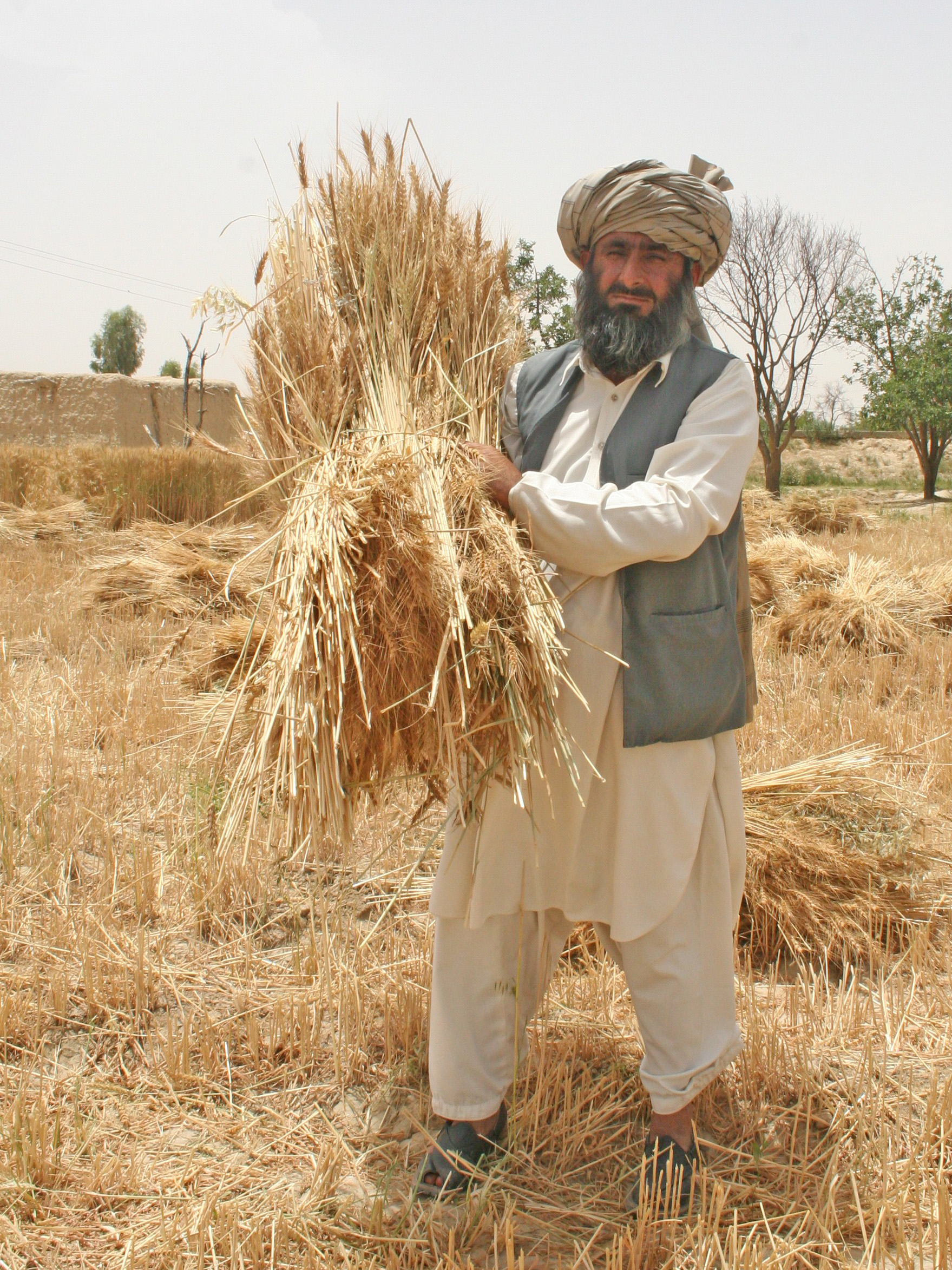Pakistani village life on:
[Wikipedia]
[Google]
[Amazon]


 Pakistani village life ( ) is the traditional
Pakistani village life ( ) is the traditional


rural
In general, a rural area or a countryside is a geographic area that is located outside towns and cities. Typical rural areas have a low population density and small settlements. Agricultural areas and areas with forestry typically are describ ...
life of the people of Pakistan
Pakistan ( ur, ), officially the Islamic Republic of Pakistan ( ur, , label=none), is a country in South Asia. It is the world's List of countries and dependencies by population, fifth-most populous country, with a population of almost 24 ...
.
People in village usually live in houses made of bricks, clay or mud. These typically have two or three rooms which house extended families. Although now they prefer living by making separate home for each family (nuclear units) but they don't live far away from their relatives, and they are extending their villages by making more homes. Due to geographical and other socioeconomic diversity, different regions have slightly different physical and social layout. For example, in Gongrani, Balochistan
Balochistan ( ; bal, بلۏچستان; also romanised as Baluchistan and Baluchestan) is a historical region in Western and South Asia, located in the Iranian plateau's far southeast and bordering the Indian Plate and the Arabian Sea coastline. ...
, people live in homes built within cliff-side caves that are connected by walkways. Most of the villagers are farmers but other rural occupations include blacksmiths
A blacksmith is a metalsmith who creates objects primarily from wrought iron or steel, but sometimes from other metals, by forging the metal, using tools to hammer, bend, and cut (cf. tinsmith). Blacksmiths produce objects such as gates, gr ...
, hairdressers and tailorers, shepherds.
Rural social organization in Pakistan is marked by kinship and exchange relations. Socioeconomic status among rural Pakistani villagers is often based upon the ownership of agricultural land
Agricultural land is typically land ''devoted to'' agriculture, the systematic and controlled use of other organism, forms of lifeparticularly the rearing of livestock and production of cropsto produce food for humans. It is generally synonymous ...
, which also may provide social prestige
The reputation of a social entity (a person, a social group, an organization, or a place) is an opinion about that entity typically as a result of social evaluation on a set of criteria, such as behavior or performance.
Reputation is a ubiquitous ...
in village cultures. The majority of rural Pakistani inhabitants livelihoods is based upon the rearing of livestock, which also comprises a significant part of Pakistan's gross domestic product. Some livestock raised by rural Pakistanis include cattle and goats.
The traditional culture of the village is now subject to change due to the effects upon village society due to rural urbanization, and from the introduction of modern technology, such as pumps and tube well
A tube well is a type of water well in which a long, -wide, stainless steel tube or pipe is bored underground. The lower end is fitted with a strainer, and a pump lifts water for irrigation. The required depth of the well depends on the dep ...
s for irrigation.Knerr, Béatrice (Prof. Dr.). page 104. Resistance to social and cultural changes exists among Pakistani village inhabitants, and varying methods of managing these changes have been tried.
Notes
References
* * *Additional sources
* * {{cite journal , title=Review: The Village Culture in Transition: A Study of East Pakistan Rural Society by S. M. Hafeez Zaidi; Change and Continuity in India's Villages by K. Ishwaran, journal=American Anthropologist , volume=74 , issue = 1/2, date=February–April 1972 , author=Opler, Morris E. , pages=63–65, jstor = 672024, doi=10.1525/aa.1972.74.1-2.02a00540 , doi-access=free Society of Pakistan Rural society Villages in Pakistan